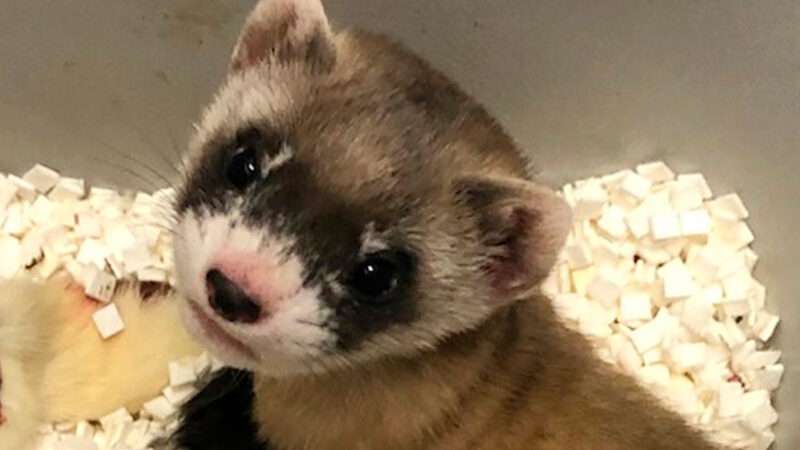
The ridiculously cute Elizabeth Ann made her debut in February as the first cloned black-footed ferret. She is the genetic twin of Willa, one of the last 18 wild ferrets captured in the 1980s for a captive breeding program overseen by the U.S. Fish and Wildlife Service (USFWS). Willa never produced offspring, but after she died in 1988, her cells were cryopreserved at the San Diego Zoo Wildlife Alliance’s Frozen Zoo.
As a result of the USFWS’s regular breeding program, nearly 300 black-footed ferrets now live in the wild. But all of those ferrets are dangerously inbred, since they are descended from just seven individuals. A genomic study revealed that Willa’s genome possessed three times more unique variations than the wild population.
Back in 2013, the USFWS contacted the nonprofit Revive & Restore about trying to clone endangered ferrets. Revive & Restore, which promotes the use of modern biotechnologies to advance wildlife conservation (see this month’s interview on page 46), agreed to spearhead that project. (The group also was instrumental in the successful cloning from frozen cells of the similarly imperiled Mongolian Przewalski’s horse, and it is working to bring back extinct woolly mammoths.) ViaGen, a company that clones pet dogs, cats, and horses, employed a domestic ferret as Elizabeth Ann’s gestational mother.
As the first cloned endangered species native to North America, Elizabeth Ann offers hope for successfully restoring her species to the western prairies and mountains of the United States. Revive & Restore aims to further increase the species’ genetic diversity by cloning the frozen cells of a male ferret that died in 1985.
from Latest – Reason.com https://ift.tt/3wB46lQ
via IFTTT